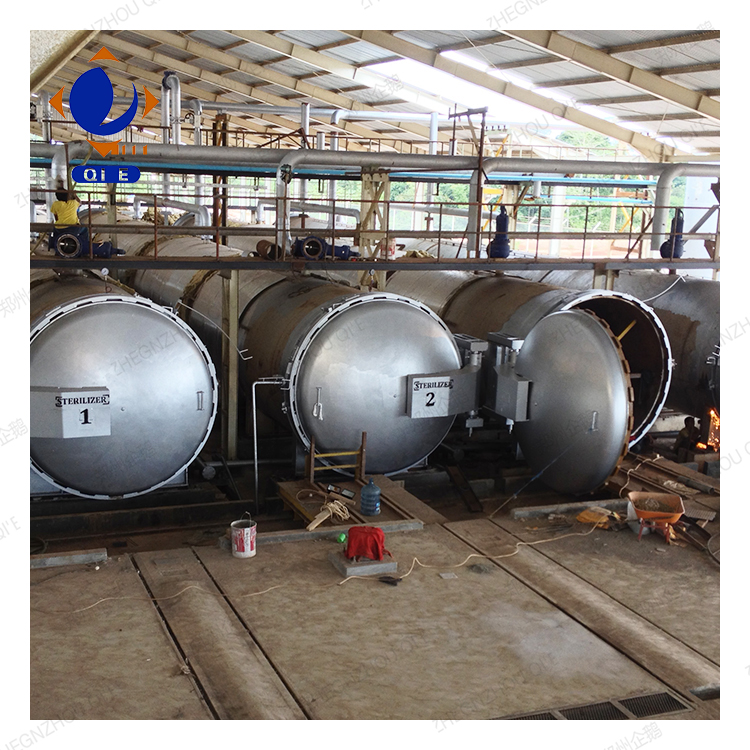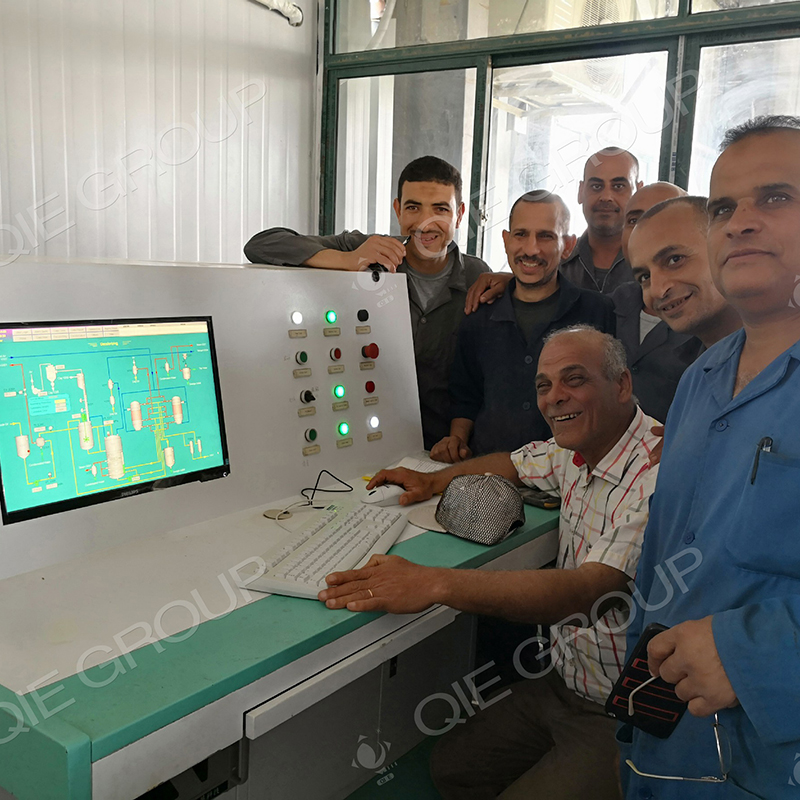
You're in the business of oil processing, and the soybean oil press is your core equipment. It plays a crucial role in the entire grain and oil processing industry. With the right operation, you can extract the maximum amount of oil from soybeans and produce high - quality by - products like soybean cakes.
The pretreatment stage is the first step in the soybean oil - pressing process. It includes cleaning, shelling, and crushing. Cleaning is essential as impurities in soybeans can reduce the efficiency of the oil press and affect the quality of the oil. By removing dirt, stones, and other foreign materials, you can ensure a smoother operation. Shelling can also improve the oil yield. Soybean shells contain little oil, and removing them allows the press to focus on the oil - rich kernels. Crushing the soybeans further increases the surface area, making it easier for the oil to be released during the pressing process. Studies have shown that proper pretreatment can increase the oil yield by up to 5%.

During the mechanical pressing stage, several key parameters need to be carefully controlled. Pressure is one of the most important factors. The right pressure can ensure that the oil is effectively squeezed out of the soybeans without over - compressing the material. Generally, a pressure of 30 - 50 MPa is suitable for most soybean oil presses. Temperature also plays a vital role. Higher temperatures can reduce the viscosity of the oil, making it easier to flow out. However, excessive heat can damage the oil's quality. A temperature range of 100 - 120°C is often recommended for hot - pressing. Additionally, moisture control is crucial. If the soybeans are too dry, the oil may not be released easily; if they are too wet, it can lead to mold growth and other problems. The ideal moisture content for soybeans before pressing is around 8 - 12%.
After the mechanical pressing, the crude oil needs to be filtered. The filtration system removes impurities such as solid particles, gums, and free fatty acids from the crude oil. There are different types of filtration systems, including plate - and - frame filters, vacuum filters, and centrifugal filters. Plate - and - frame filters are widely used due to their simplicity and cost - effectiveness. They can effectively remove large - sized impurities. Vacuum filters are more suitable for removing fine particles and moisture. Centrifugal filters use centrifugal force to separate the oil and impurities, providing a high - efficiency filtration solution.

Soybean cakes are valuable by - products of the oil - pressing process. They are rich in protein and can be used as high - quality animal feed. The protein content in soybean cakes can reach up to 40 - 50%. When assessing the quality of soybean cakes, factors such as protein content, moisture content, and residual oil content need to be considered. A lower residual oil content (less than 1%) indicates a more efficient pressing process. High - quality soybean cakes should have a uniform texture, no mold, and a pleasant smell.
Let's look at some real - world examples. A small - scale oil processing plant in Brazil improved its oil yield by 8% after optimizing the pretreatment process and adjusting the pressing parameters. They also managed to produce high - quality soybean cakes with a residual oil content of less than 0.8%. Another plant in China upgraded its filtration system, which not only improved the oil quality but also reduced the maintenance cost of the equipment.
To ensure the smooth operation of your soybean oil press, here is a simple checklist: Check the equipment before each use, including the belts, bearings, and electrical systems. Clean the machine regularly to prevent the accumulation of residues. Follow the correct operating procedures for each stage. For maintenance, lubricate the moving parts regularly, and replace worn - out parts in a timely manner. A well - maintained oil press can have a longer service life and higher efficiency.

If you want to learn more about soybean oil press operation details, such as the differences between cold - pressing and hot - pressing technologies, or get more tips on optimizing your oil - processing process, please visit our product technology page.

